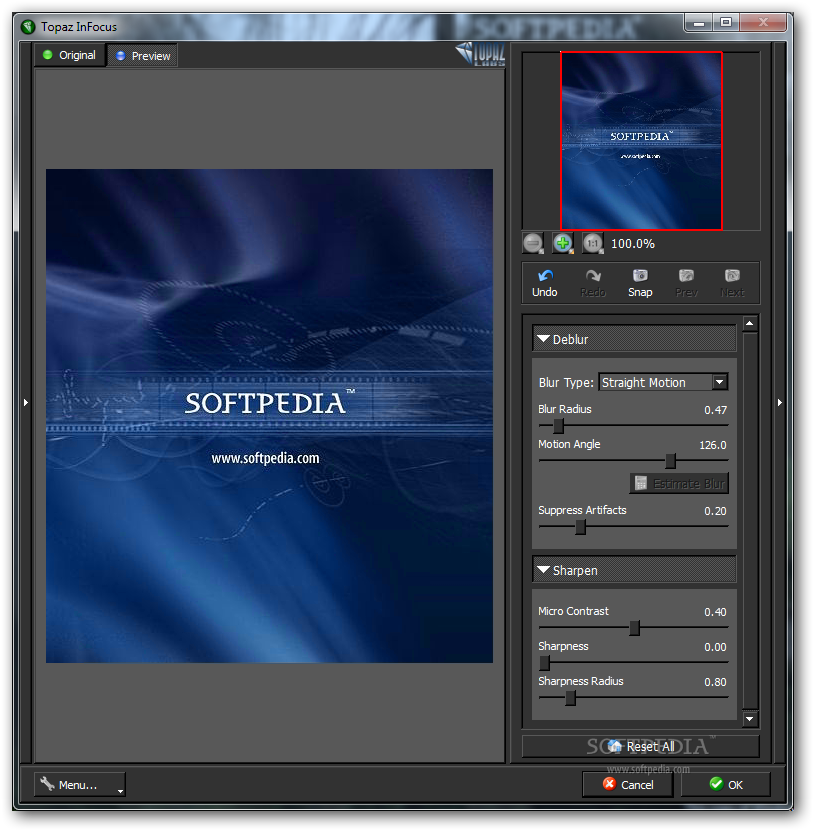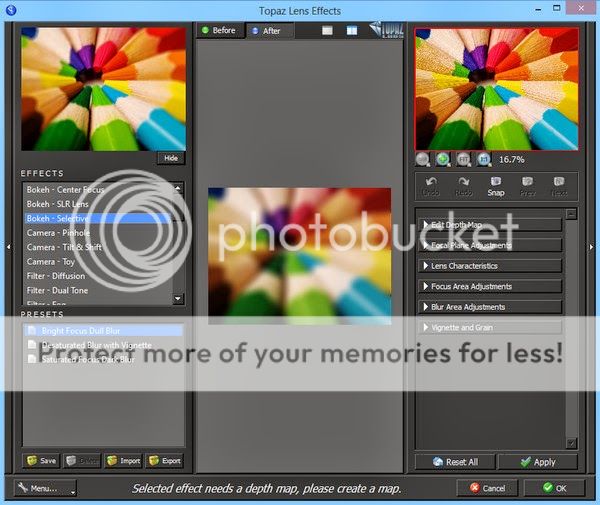

However, these methods require ground truth images to provide supervision for learning the denoising model 7, 8, and are hence limited to domains where ground truth is available. filling in missing pixels) by learning complex, non-linear priors over the applied image domain. Advances in deep neural networks have enabled substantial improvements in image restoration and inpainting (i.e. Image denoising has long been a topic of significant interest in the computer vision and signal processing community 6, but has recently seen a surge in interest from the machine learning community. Better micrograph denoising provides the opportunity to reduce total dose and increase collection throughput without compromising interpretability or downstream results. However, reducing total dose would exacerbate SNR-related analysis problems. One approach to speed up collection would be to collect shorter micrograph exposures.

These and smaller facilities are moving towards the synchrotron model of data collection and need to increase their throughput to meet rising demand. However, these methods do not address the specific noise properties of micrographs and often do not provide interpretable results, which increasingly hinders attempts to resolve small and non-globular proteins 4, 5.Īt the same time, there is a push in the field to fund large research facilities for high-throughput cryoEM. Conventional cryoEM methods for improving contrast in micrographs include downsampling, bandpass filtering, and Wiener filtering 2, 3. Nonetheless, several steps during collection and processing of micrographs in single particle cryoEM rely on properly human-inspecting micrographs, identifying particles, and examining processed data. The typical signal-to-noise ratio (SNR) of a cryoEM micrograph is estimated to be only as high as 0.1 1, amongst the lowest in any imaging field, and no ground truth exists. Certain orientations of large, non-globular proteins can also have low signal, leading to missing views. As researchers push towards smaller and smaller proteins, these issues hinder downstream analyses because these proteins become increasingly difficult to distinguish from noise. Visualization of micrographs from cryo-electron microscopy (cryoEM) of biological specimens is primarily limited by the phase contrast of proteins, the low electron dose conditions required due to radiation damage accrued by the proteins, and the thickness of the ice. We expect that Topaz-Denoise will be of broad utility to the cryoEM community for improving micrograph and tomogram interpretability and accelerating analysis. Topaz-Denoise and pre-trained general models are now included in Topaz. We also present a general 3D denoising model for cryoET. We then show that low dose collection, enabled by Topaz-Denoise, improves downstream analysis in addition to reducing data collection time. Denoising with this model improves micrograph interpretability and allows us to solve 3D single particle structures of clustered protocadherin, an elongated particle with previously elusive views. The general model we present is able to denoise new datasets without additional training. By training on a dataset composed of thousands of micrographs collected across a wide range of imaging conditions, we are able to learn models capturing the complexity of the cryoEM image formation process. Here, we present Topaz-Denoise, a deep learning method for reliably and rapidly increasing the SNR of cryoEM images and cryoET tomograms. Denoising cryoEM images can not only improve downstream analysis but also accelerate the time-consuming data collection process by allowing lower electron dose micrographs to be used for analysis. Low signal-to-noise ratio (SNR) in cryoEM images reduces the confidence and throughput of structure determination during several steps of data processing, resulting in impediments such as missing particle orientations. Cryo-electron microscopy (cryoEM) is becoming the preferred method for resolving protein structures.


 0 kommentar(er)
0 kommentar(er)
